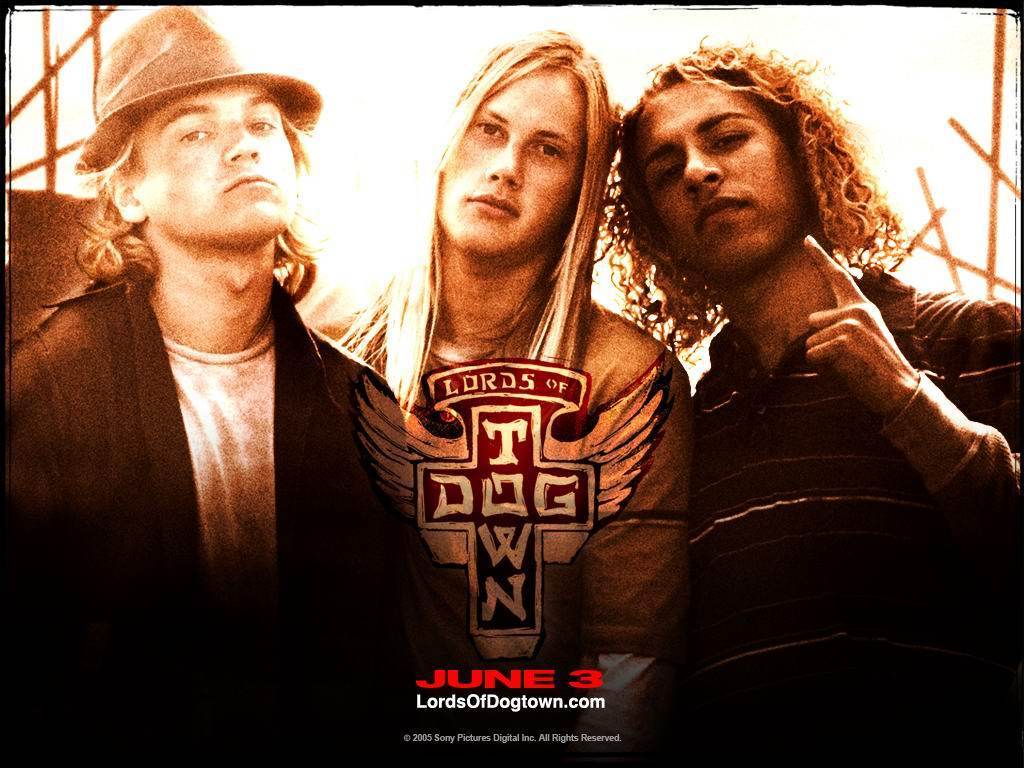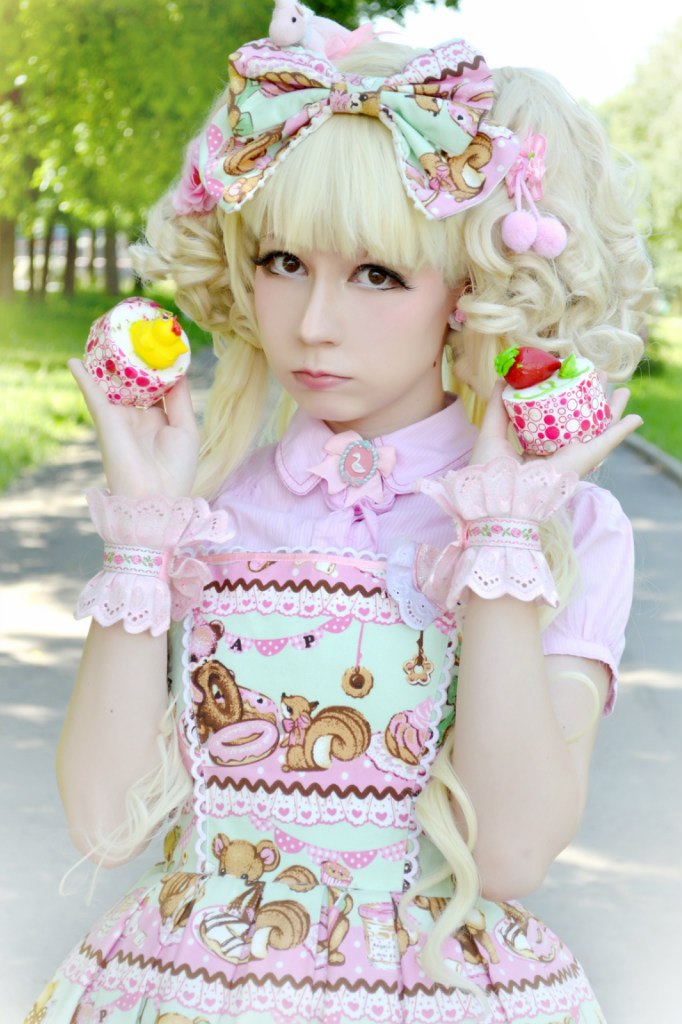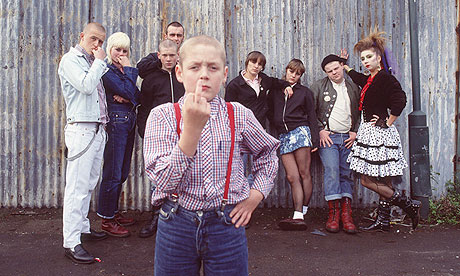Definition of subculture:
In sociology, anthropology and cultural studies, a subculture is a group of people with a culture (whether distinct or hidden) which differentiates them from the larger culture to which they belong.
Dogtown and Z boys (2001)
- Documentary directed by Stacy Peralta.
- Mixes original footage with more recent footage
- Documents how the history of skateboarding and how it evolves
- Skater Peggy Oki - female skater
- Not much difference in the ways the boys and girls dress in skateboarding - practical clothes
Ian borden 'Performing the City'
- Urban street skating is more 'political' than 1970's skateboarding's use of found terrains: street skating generates new uses that at once work within (in time and space) and negate the original ones
- Areas that are allocated for walking and traffic, but skaters redefine that, e.g. using a hand rail (usually seen as a safety mechanism) as a prop for the skater to challenge
South bank closure threat to skaters
- Proposals for redeveloping and turn it into shops, galleries, restaurants etc
- Wasn't specifically designed for skating, but has been adopted and proved to be an ideal environment
- After the petition, a proposal was put forward for an alternative space
- Henry Edwards-Wood - spokesman of the Long Live Southbank campaign
Lords of Dogtown (2005)
- "Skateboarders do not so much temporarily escape from the routinised world of school family and social conventions as replace it with a whole new way of life" (Borden:2001)
- A family is created within the subculture - this is looked at in the film Lords of Dogtown
Parkour / Freerunning
- Both activities are a performance of the city - a way of moving through the city without using traditional walkways, paths etc, or even using the body in the same way for traversing the city
- Parkour is more about the sportive activity, whereas free running is more about the creative use of the city
- Feel like superheroes
Jump London (2005)
- Documentary about parkour and free running
- Rebellion against the idea of space being defined for you
- Interruption to the everyday feel of the urban environment
Nancy McDonald 'The Graffiti Subculture'
- "Here (on the street) real life and the issues which may divide and influence it, are put on pause. On this liminal terrain you are not black, white rich or poor. Unless you are female, 'you are what you write'."
- McDonald suggest that women come to the subculture laden with the baggage of gender in that her physicality (her looks) and her sexuality will be commented on critically in a way that male writers do not experience, e.g. Miss Van
- Using graffiti as a way of identifying space and calling it your own. A way of claiming space.
Angela McRobbie and Jenny Garber
- Girl subcultures may have become more invisible because the very term 'subculture' has acquired such strong masculine overtones (1977)
- In postmodern subcultures overly feminine subcultural movements like the Lolita fashion are often assumed to be sexually suspect
Motorbike Girl
- Briggite Bardot 1960s
- Suggests sexual deviance which is a fantasy not reflective of most conventional real life femininity at the time
Hells Angels
- In rocker and motorbike culture girls usually rode pillion
- Wills 1978: girls did not enter into the camaraderie, competition and knowledge of the machine
- In this subculture women were girlfriends of the riders
Mod Girls
- Mod culture springs from working class teenage consumerism in the 1960s in the UK
- Teenage girls worked in cities in service industries for example, or in clothing shops where they are encourage to model the boutique clothing
- Hebdige outlines the hierarchies within the mod subculture where the 'faces' or the 'stylists' who made up the original coterie were defined against the unimaginative majority... who were accused of trivialising the mod style
Quadrophenia (1979)
- Depicts the tensions between mods and rockers in London
Hippy Girl
- Subculture arises through universities of the late 60s and early 70s
- Middle class girl therefore has the space to explore subculture for longer before family etc
- Space for leisure without work: encourages 'personal expression'
'Bad' hippy / 'good' hippy
- Janis Joplin vs Peace and 'flower power'
- Look at the idea of punishment for female rebellion
- Use of drugs with bad hippies
Riot Grrrl
- Mid 1990s onwards
- Underground punk movement based in Washington DC, Olympia, Portland, etc
- Feminist empowerment
- Involved in political movements
- Bands were about their performance and messages behind the songs, not how good they were at playing instruments
- Refernce to 1970's DIY punk ethic
- Influence by Dadaism
Media attention turns to Grunge scene
- Courtney Love and Hole
- Style without the subculture
- Distorts even further as the 90s continue into the more media friendly Spice Girls use of phrase 'Girl Power'
Spice Girls
- Band styling presents a set of visual 'types' that are easily consumable by the target audience
- There is no empowerment for young women as there is nothing but the reduction of young women to cartoon representations
Dick Hebdige 'Subcultre: The meaning of Style'
- Offence caused by lyrics and behaviour is important as it leads to questions about 'the parent culture'
- Subcultures start to represent all that is bad within society
- "Subcultures represent 'noise'"
The commodity form
- Subcultural signs like dress styles and music are turned into mass produced objects
- e.g. clothing which is ripped as an anarchic anti-fashion statement becomes mass produced with rips as part of the design
- When it reaches a certain level, it will be incorporated into the mainstream
A threat to the family?
- Demenisation of the punk
- All of the societies evils become projected onto the subculture
- Womens Own 1997 runs a feature on "Punks and Mothers", smiling, reclining next to the family pool etc
- Non political threat that ultimately will not disturb traditional values
Zandra Rhodes act White Gold Diamond Safety Pin Brooch
- Punk styles are turned into "to shock chic" which marks the end of the movement as a subculture
- The idea that the original object is designed to hold a nappy together and protect the skin from being pierced. The punks reversed the concept of the safety pin by purposely piercing the body with it, but then it becomes incorporated into consumer high fashion
Bricolage: Edwardian Style - Saville Row - Teddy Boy
- Development of style within working class groups and how it trickled down from the upper ends of society
- Teddy Boy clothing
- Idea of working class incorporation of more middle class form of dress
Roger Mayne (1956)
- Escape from the claustrophobia of the family into the street and 'caff'
- Girls had to be careful not to 'get into trouble' in the 1950s
Chris Steele-Perkins - 'The Teds' (1979)
- Looks at the tendency of how people who have been involved in subculture hand onto it beyond their youth
Skinhead Culture
- racists give Nazi salute in London, 1980
Gavin Watson 'Skins' (1980s)
- Influence the portrayal of skinheads in films
This is England (2006)
- Shane Meadows
- The new kid on the estate transforms into a British skin
- His new friends become a surrogate family
- The film documents his journey into the skin head group
- The film explores the political influence in the skin head culture in britain in the 1980s.
- The difference between the skinhead style and the politics of the National Front skins as they infiltrate the working class
- Combo beats up Milky - disturbing scene, but instigated by Milky's invitations for Combo to come to dinner at his house. Real representation of how Combo can't comprehend the idea of someone being 'other' to him, by their race. Combo can't face the idea of how Milky is from another race.
Post subcultures - becoming increasingly difficult to pinpoint what 'subculture' actually means.






.jpg)











